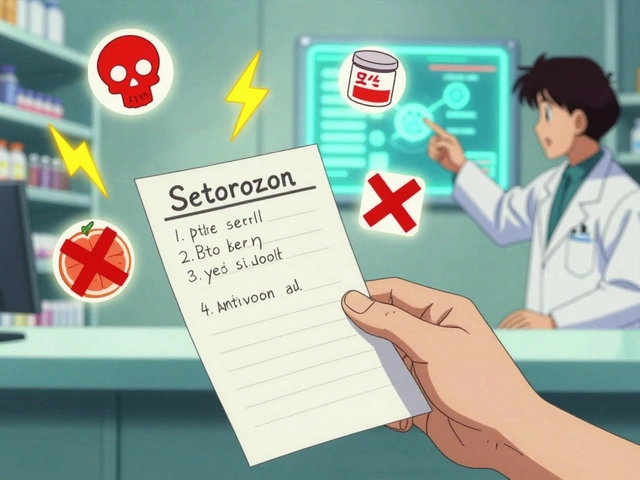Movement disorders: spotting signs, getting help, and safe meds
Movement disorders cover a range of problems where your body moves too much, too little, or in strange ways. That includes conditions like Parkinson’s disease, essential tremor, dystonia, chorea, and tics. If you notice new shaking, slowness, stiffness, unusual postures, or sudden involuntary movements, take it seriously—early evaluation often gives better options.
How to tell what’s happening
Start by watching the pattern. Tremor that appears when your hands are at rest and improves with movement suggests Parkinson’s. Tremor when trying to hold a posture points to essential tremor. Stiffness, slow steps, and a shuffling walk also point to Parkinsonism. Dystonia shows as sustained or twisting muscle contractions—think abnormal neck tilt or hand cramps when writing. Keep a short diary: what triggers it, when it started, how it changes through the day, and any meds you take. That record helps your clinician a lot.
Doctors use a clinical exam plus simple tests: timed walking, checking reflexes, and looking for other neurological signs. Blood tests can rule out metabolic causes, and imaging like MRI helps exclude structural problems. For some cases, specialized tests such as DaTscan or genetic testing are useful. A movement disorders specialist (a neurologist with extra training) can be especially helpful for unclear or progressive issues.
Treatment you can expect
Treatment depends on the diagnosis. Parkinson’s often responds to levodopa or dopamine agonists early on, but long-term use can cause involuntary movements (dyskinesia) that need careful management. Essential tremor may improve with beta-blockers or primidone; severe tremor can respond to focused ultrasound or DBS (deep brain stimulation). Dystonia may benefit from botulinum toxin injections, targeted oral meds, physical therapy, and sometimes surgery. Many movement disorders improve with regular exercise, balance training, and occupational therapy—these reduce falls and improve daily function.
Medications can help but also cause movement problems. Antipsychotics and some anti-nausea drugs may trigger drug-induced parkinsonism or tardive dyskinesia. If you buy meds online, use only licensed pharmacies, require a valid prescription, and check for clear contact info and pharmacist reviews. Don’t cut doses or switch brands without talking to your provider.
Practical everyday tips: simplify your home to prevent falls (remove loose rugs, add grab bars), use mobility aids when needed, and join a local support group or online forum to share coping strategies. Keep an open line with your clinician—report new side effects, changing symptoms, or medication issues quickly.
If you’re worried about symptoms now, book a primary care visit and ask for a neurology referral. Quick action can slow complications, improve quality of life, and keep treatment options open.





